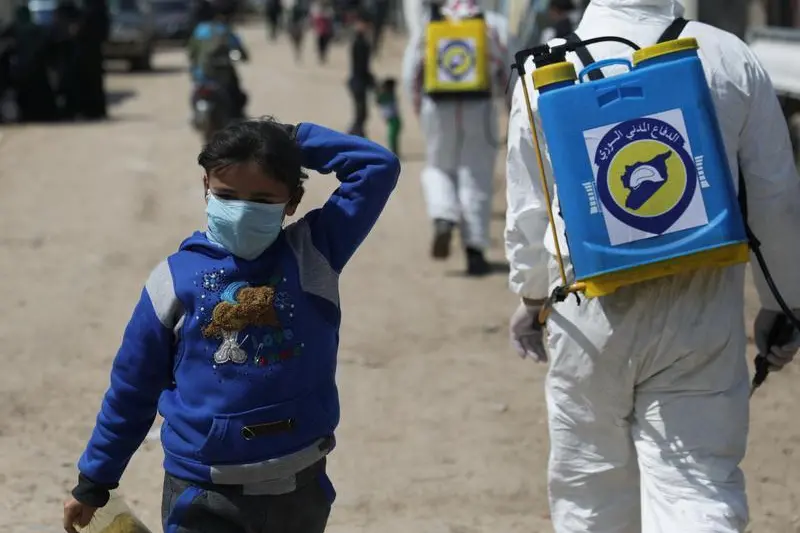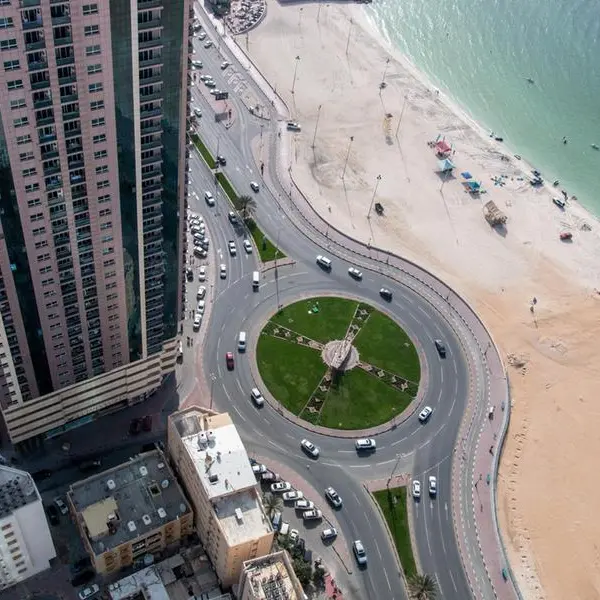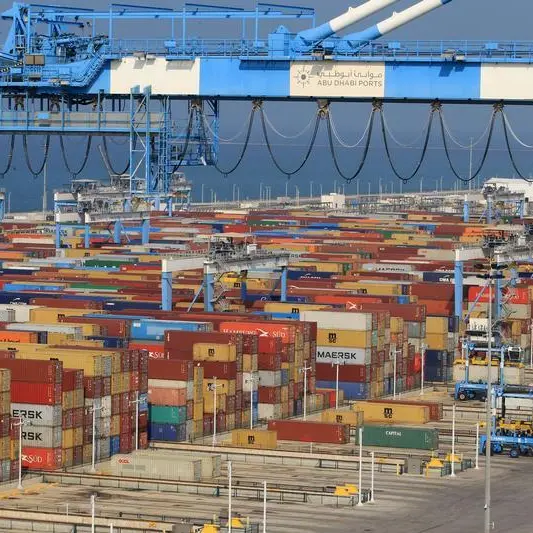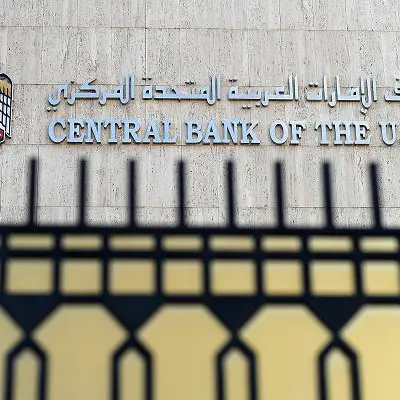PHOTO
Media coverage of the coronavirus disease (COVID-19) pandemic has so far focused on China and the West. This is partly because these areas were hit first and have so far seen the greatest numbers of cases. It is also partly due to the media organizations with global reach being disproportionately located in these areas, and disproportionately focused on developments in these areas — as can be seen from the relatively little coverage of the issue in Iran, despite it being among the earliest and hardest-hit countries.
But, if the pandemic has been a harsh shock to societies and economies in the developed world and China, it is going to cause absolute devastation in poorer areas of the world: Africa, the failed and fragile states of the Middle East, and even Brazil and India.
Countries with advanced and highly capable health care systems, like Italy and Spain, have seen this disease tear through their capacity, yielding death rates of about 10 percent. Once the pandemic starts to really hit the poorer areas of the world, which lack the infrastructure and capacity to deal with the kind of surges in demand that the disease inevitably causes, it is going to cause absolute carnage.
This carnage will go beyond the mortality caused by the virus. India is already the best-documented example of this. In order to contain the spread of the disease, almost all countries have had to institute strict lockdowns, including stopping all nonessential business activities. In developed countries, governments have offered generous insurance to workers, even casual workers, and to businesses, to tide them over during lockdown — to the tune of some $5 trillion already. Developing countries simply do not have the economic clout to do this. As lockdowns were introduced in the large cities of India, masses of casual workers, typically from the informal sector, who were already living hand to mouth with no savings and no stable, reliable housing, have had no choice but to start walking back to their home villages — possibly taking the disease with them to the countryside. The police response to the risk that these people might spread the disease to rural India has been harsh. But, as the government has offered no food or economic safety to these millions of people, who can blame them for seeking refuge with their families?
Even so, if the economic and health care systems in the affluent large cities of India are already struggling to cope, one can only imagine the devastation the disease will bring to rural India, where health care is often nonexistent and life is already precarious as it is, without a huge influx of new people seeking refuge from the cities.
And that is India: A country that still has a reasonably functional government and with an outstandingly positive track record of containing and handling infectious diseases, given its economic limitations. Countries with much less effective governance in place, including most of Sub-Saharan Africa, or areas with failed and failing states, like Syria, Yemen and the Horn of Africa, are going to be decimated both health-wise and economically.
One forecast predicts that nearly half of all jobs will be lost in Africa as a consequence of the pandemic, as well as some $220 billion of income — a huge proportion of economic activity on the continent.
On top of the $5 trillion package of economic aid already announced by developed countries, the UN Conference on Trade and Development estimates that a similar $2.5 trillion package will be needed to alleviate the damage the pandemic will do to the developing world, so as to avoid many of these countries spiraling into complete economic and political collapse. Obviously, these countries will not be able to pay for that themselves. This aid package will need to come from international institutions such as the International Monetary Fund and the World Bank — this time, hopefully, without self-defeating strings attached.
If the international community fails to deliver this aid to the poorer half of the world, the consequences are quite likely to be even direr than the pandemic itself: Failed states, resource wars, famine and, inevitably, the thing many developed countries fear the most — mass migration. $2.5 trillion is a lot of money, but the question is not whether we can afford to pay that to sustain the developing world through this crisis, it is whether we can afford not to.
*Dr Azeem Ibrahim is a Director at the Center for Global Policy in Washington D.C. Twitter: @AzeemIbrahim
Copyright: Arab News © 2020 All rights reserved. Provided by SyndiGate Media Inc. (Syndigate.info).












